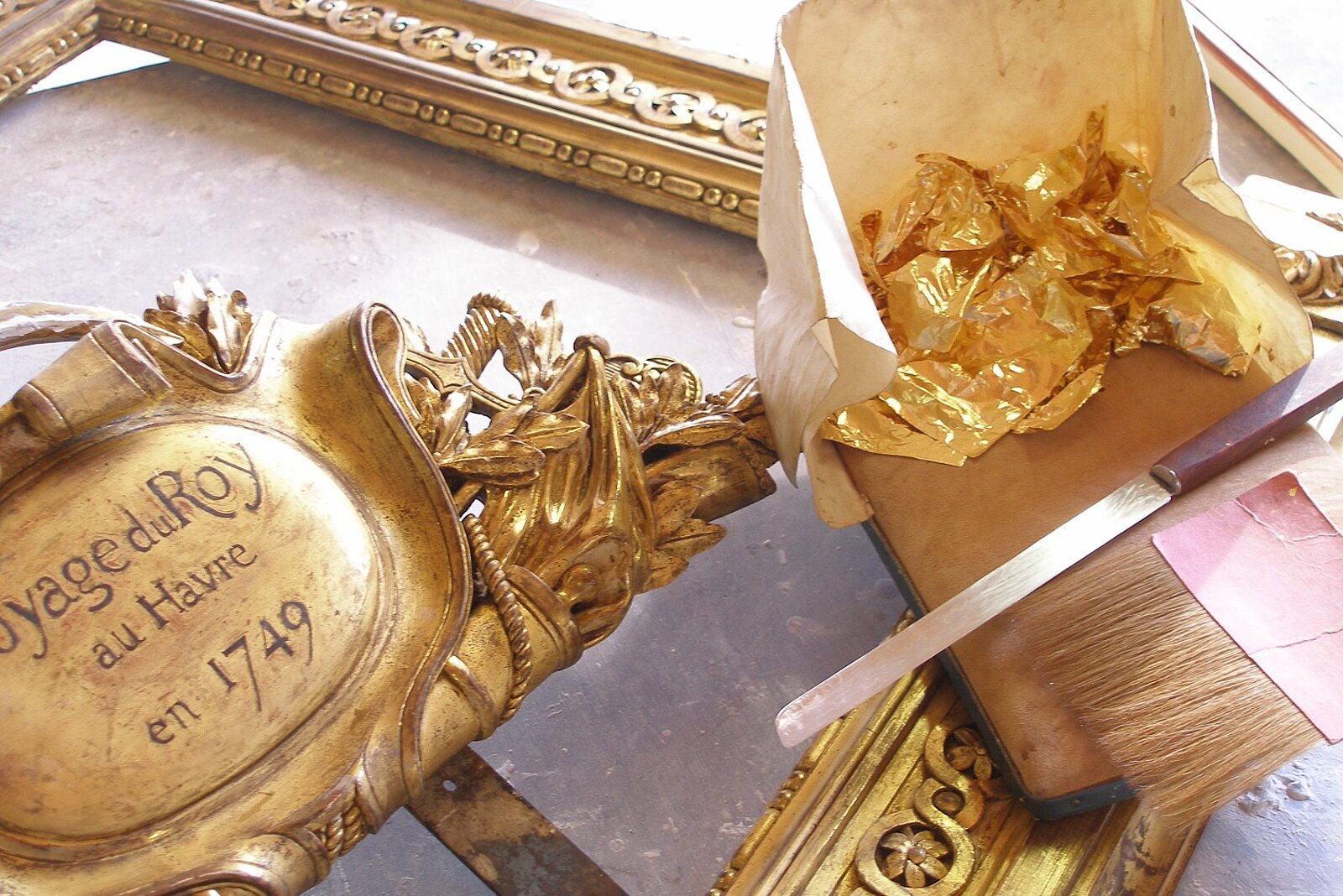When the past reintegrates the present and reassures about the future

The era is over. There are countless signs of the "return of the past" in our lives.
If there is one amazing phenomenon at the moment, it is the "return of the past" to the forefront; whether we talk about vintage, retro, "the return of the authentic", revival, ... All these terms refer to it. Whether it is in fashion, in decoration, in sales rooms or in large commercial signs, the old is seducing again.
Vintage, and with it nostalgia, is making a comeback
Vintage is the term used to describe items manufactured between the 1920s and 1980s. They are distinguished by the fame of the brands that designed and produced them and symbolise a bygone era. Etymologically, vintage is an English word derived from the French word: "vendanges", the harvest of grapes with which to make wine. The latter, coming from the best harvests and then intended to be aged, was given the name vintage. The word was later popularised and infiltrated sectors such as the automotive, decoration, fashion and technology industries. Vintage is also used to describe any old object whose quality of manufacture has been recognised and which has been brought up to date. And vintage is flourishing; fashion is selling its "archives", flea markets are all the rage, and the mix&match of old and new embellishes the interiors of people who find in the past a taste for a certain aesthetic, sometimes through a palpable nostalgia.
The past has a trust value
So why this craze? Several factors give meaning to this revival, beyond the mere concept of "vintage". Consuming, buying and revaluing pieces from the past, whether they are "vintage", "retro" or even older, or even collector's items, resonates with the word "confidence" and is reassuring, both in terms of their relationship with the past and their potential market value. At a time when the future is technological, digital, dematerialized, and even anxiety-provoking, the choice to value the old (re)gives confidence and reassurance. And we are reminded of Maurice Pagnol's Jean de Florette, who cultivated the "authentic": "I am only interested in what is true, sincere, pure, broad, in one word, the authentic, and I came here to cultivate the authentic".
It is this search for authenticity that attracts people to flea markets, antique shops, auction houses, and there are countless websites that sell old things. The authentic, the past through the object to ward off the immaterial character of a society that has until now valued the ephemeral, the instantaneous, the fleeting !
"Less but better "
The Covid effect and ecological awareness are two phenomena that contribute to the rise and reassortment of the "past" in our lives. Recent confinement has led to questioning, to the enhancement of one's interior, to the preservation of one's possessions. The restorers of paintings and furniture are seeing an influx of new customers who are anxious to repair, refresh and maintain their heritage with the idea of being able to pass it on to future generations, but not only. The tangible character of an object that crosses time is convincing, and has the function of a witness that is passed from hand to hand, in family or not; proof of a long time that comforts modern ailments. Everyone wants a piece of the old, whether it is a family heirloom or the vintage design of a reissue. Another awareness that gives pride of place to the "old" is the adoption by younger generations of vintage-recycling. Why buy in department stores what you can already find in second-hand shops, at garage sales, or in second-hand clothes shops? Vintage is a subject of aesthetic, nostalgic and eco-responsible values, heightened by a growing ecological awareness.
We can see that the return of the past is settling in our present lives to better anticipate and prepare the future. These objects help us to remember and value the past; to cherish it as a promise of a confident future.
Viaduc des arts (1-129 avenue Daumesnil, 75012 Paris)
Paris celebrates 100 years of artisanal excellence! July 202515, 73 et 111 avenue Daumesnil, 75012 Paris
Maison Tassin has moved into the Viaduc des arts May 2025111 avenue Daumesnil, Paris 12
A day in time, where the art of costume meets photography February 202569 avenue Daumesnil, Paris 12
The Viaduc des arts is celebrating this December: discover the program December 20241-129 avenue Daumesnil, Paris 12
Cécile et Jeanne, jewellery creation since 1990 November 202449 avenue Daumesnil, Paris 12
At La Fabrique nomade, refugee artisans reconnect with their craft November 20241bis avenue Daumesnil, Paris 12
Estampille 52, high-end cabinetry November 202491 avenue Daumesnil, Paris 12
Serge Amoruso, high-end leather goods at heart October 202437 avenue Daumesnil, Paris 12


